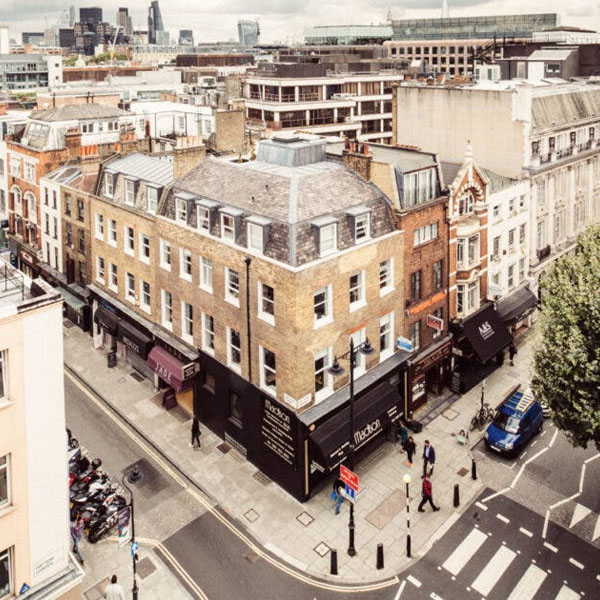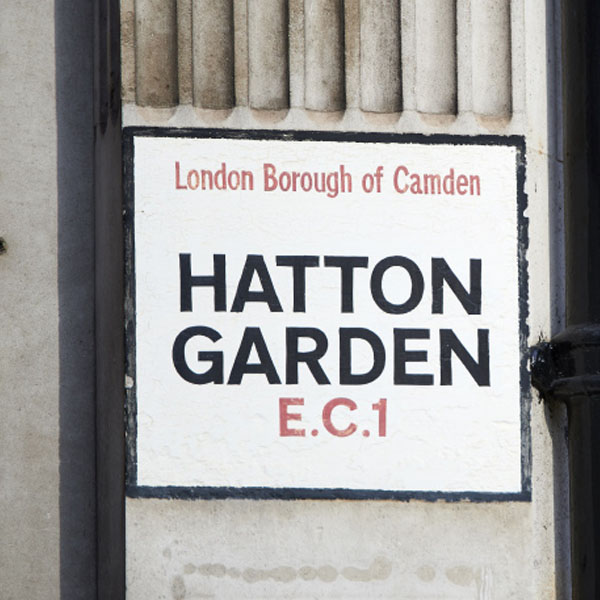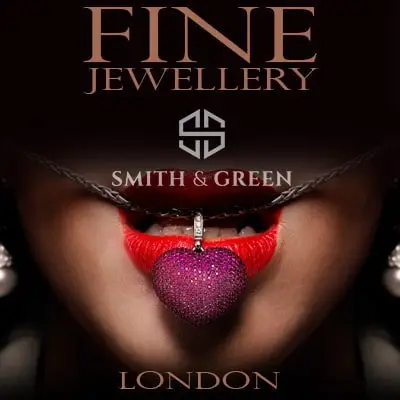In the bustling landscape of London, Hatton Garden stands out like a gemstone with a history as multifaceted as the diamonds it’s renowned for. Spanning several centuries, from the Elizabethan era to modern times, this exceptional district has been a melting pot of culture, commerce, and craftsmanship. It’s not merely a street or a shopping area; Hatton Garden is a living testament to London’s history and a focal point of the UK’s jewellery industry. As you journey through the corridors of this article, you’ll discover the evolutions, revolutions, and institutions that make Hatton Garden a significant part of London’s heritage.
The Beginnings: An Elizabethan Gift
Let’s travel back in time to 1612. Sir Christopher Hatton, a confidante of Queen Elizabeth I, founds Hatton Garden, initially intended as a stylish residential area. It’s fascinating to imagine a time when this now-commercial zone was a place where grand mansions adorned the streets, and the social elite discussed politics and art in the gardens. The Hatton family managed to cultivate a community that would endure significant changes and upheavals over the years.
Fun Fact: St Etheldreda’s Church in Hatton Garden is one of only two remaining buildings in London dating from the reign of Edward I.
From Silver to Diamonds: A Shifting Focus
In 1885, another remarkable development occurred—the London Silver Vaults opened as a safe deposit. Imagine this as a precursor to the modern bank vault, designed to hold treasures of immeasurable value. By the 1960s, the area started to become synonymous with diamonds, thanks in part to the arrival of De Beers, the international family of companies that dominated the global diamond trade.
Law and Order: A Street that Never Sleeps
By 1895, the need for law enforcement led to the construction of the Hatton Garden Police Station. You might find it curious that a region celebrated for its diamonds and jewels needed such vigilant law enforcement. It stands as a reminder that even in a place renowned for its splendour, the wheels of justice are ever-turning.
A Burglary to Remember: 2015’s Dark Cloud
In 2015, the area faced a significant setback with the Hatton Garden safe deposit burglary. This event wasn’t just a theft; it was a dramatic interruption to the region’s reputation. Yet, in the same resilient spirit that carried it through the Great Fire, Hatton Garden has recovered and reinforced its status as a trusted centre for business and luxury.
A Modern-Day Cultural Hub
Today, Hatton Garden is not just about the jewellery industry; it has expanded to include an array of media, publishing, and creative businesses. It has adapted, like gold enduring the refiner’s fire, to meet the demands of contemporary times without losing its historical richness.
A Creative Boom: Expanding Horizons Beyond Jewellery
As you stroll down the streets of Hatton Garden today, it’s not just diamonds and gold that catch the eye. Over the years, the area has embraced a diversified range of businesses, especially those that fuel creative minds. Media companies and advertising agencies like Grey Advertising are part of this new wave that has breathed fresh life into Hatton Garden. Think of this shift as akin to a master jeweller who, after years of crafting only rings, starts making bracelets and necklaces, enriching his catalogue without losing the essence of his craft. This diversified business environment has made Hatton Garden a destination that caters to an array of tastes and preferences, rather than being an exclusive diamond district.


Landmarks: More Than Just Shops
Take a minute to consider the other noteworthy landmarks that make up Hatton Garden. For instance, the architecturally distinctive Ziggurat Building and Da Vinci House, formerly the Punch magazine printworks, have become modern residential and commercial developments that add unique layers to the area. These aren’t just buildings; they are modern-day sculptures that tell us as much about present-day London as the Hatton Garden of yesteryears tells us about the past.
The Hatton Garden Community: A Fabric of Many Colours
One might argue that the real gem of Hatton Garden is its community. A mix of jewellers, creatives, and everyday Londoners, this community is as diverse as the products and services you’ll find here. The people are the stitches that hold together the colourful quilt of Hatton Garden. These include artisans who have been in the jewellery business for generations, young entrepreneurs in tech start-ups, and professionals in the media industry.
The Ever-Evolving Landscape: Business and Buildings Taking New Shapes
While Hatton Garden’s legacy as a centre for diamonds and gold is securely established, its landscape is constantly evolving, drawing in businesses and developments that echo both its historical charm and modern utility. Consider the emergence of the Hatton Garden Hotel. Far from being just another place to lay your head, the hotel marries its rich surroundings with the luxury one would expect in such a historic district. Here, guests not only find a cosy room but also become part of a larger narrative that dates back hundreds of years.
Then there’s the Johnson Gardens Office Campus, a state-of-the-art commercial space that is both modern and mindful of its historical backdrop. This isn’t merely a location to set up shop; it’s a fertile ground for networking, innovation, and growth. As you walk through its halls, you can almost feel the pulse of modern enterprise blending seamlessly with the echoes of yesteryear. Companies here are not just renting space; they’re investing in a rich tapestry of culture, history, and future potential.
One of the most noteworthy additions to the area is the new headquarters of Julius Baer International on Greville Street. Spanning an impressive 27,000 square feet across six floors, this space is not just another corporate office. It’s a significant commitment to Hatton Garden’s ongoing revitalisation. Beyond being a hub for its London operations, Julius Baer aims to create value that goes beyond the financial. The building will house a dedicated Silversmith workshop aimed at supporting the local jewellery community. This not only adds a new layer to the district’s deep-rooted relationship with craftsmanship but also serves as an embodiment of corporate social responsibility done right.
The Future: Sustaining the Lustre
As we look towards the future, Hatton Garden faces the challenge of sustaining its distinct character in an age where digitalisation threatens the relevance of physical spaces. But if history has taught us anything, it’s that Hatton Garden has an uncanny ability to evolve and adapt. Just like gold never loses its lustre, Hatton Garden’s enchanting mix of history, business acumen, and community spirit promises to make it a timeless asset in London’s sprawling landscape.
Conclusion
To sum it up, Hatton Garden isn’t just a street or a district; it’s a living, breathing entity that has stood the test of time. From its aristocratic beginnings to its transformation into a commercial hub, and from its survival of historic fires and burglaries to its ongoing cultural diversification, Hatton Garden encapsulates the resilience and evolution of London itself.
FAQs
- When was Hatton Garden founded? Founded in 1612, it was initially a stylish residential area.
- What is the area mainly known for today? It’s renowned as the UK’s focal point for the jewellery industry.
- Is Hatton Garden just about jewellery? No, it’s diversified to include media, publishing, and creative businesses.
- Who was Sir Christopher Hatton? He was a confidante of Queen Elizabeth I and the founder of Hatton Garden.
- What was the 2015 Hatton Garden burglary? A significant theft that challenged but ultimately didn’t break the district’s reputation.

















